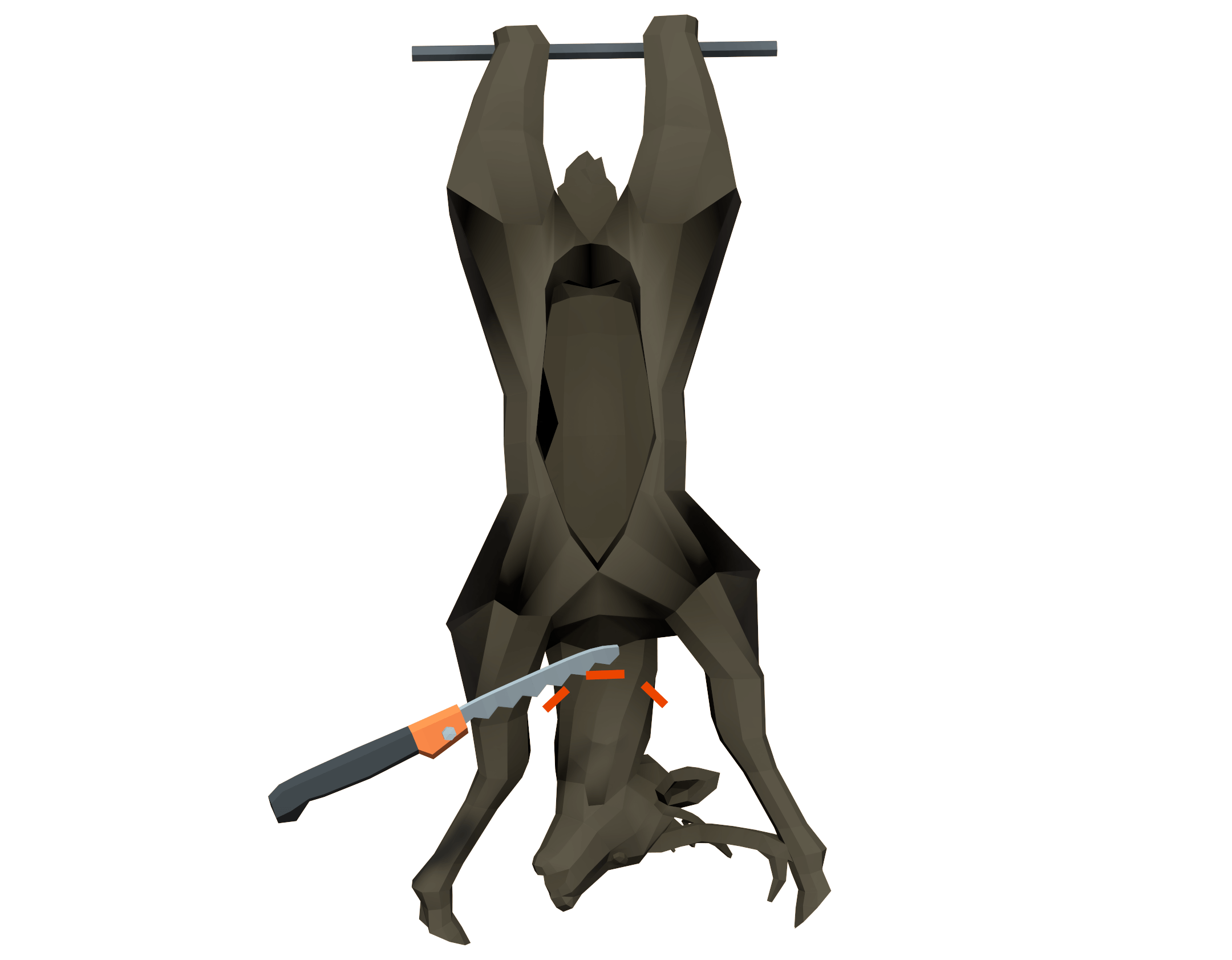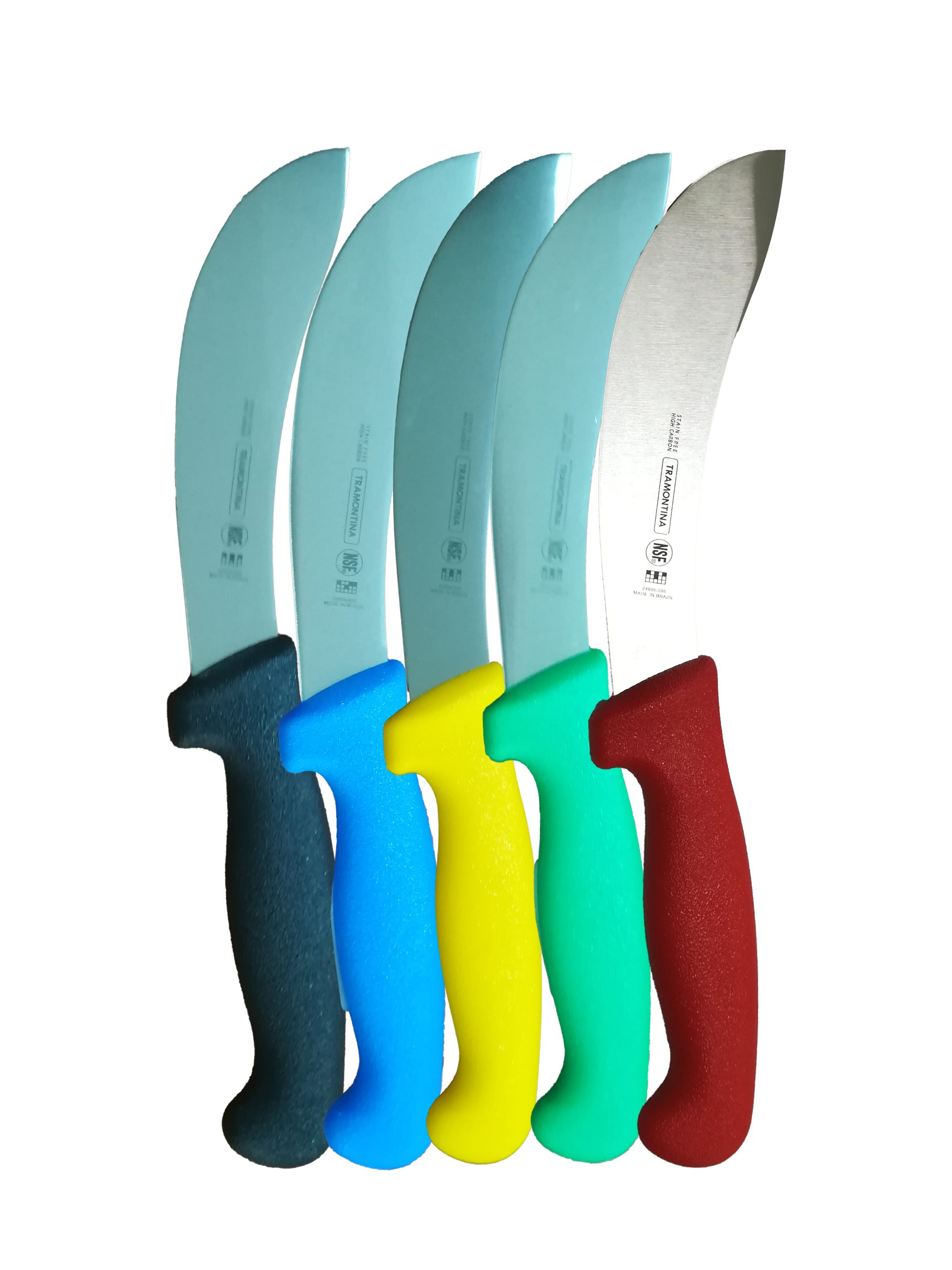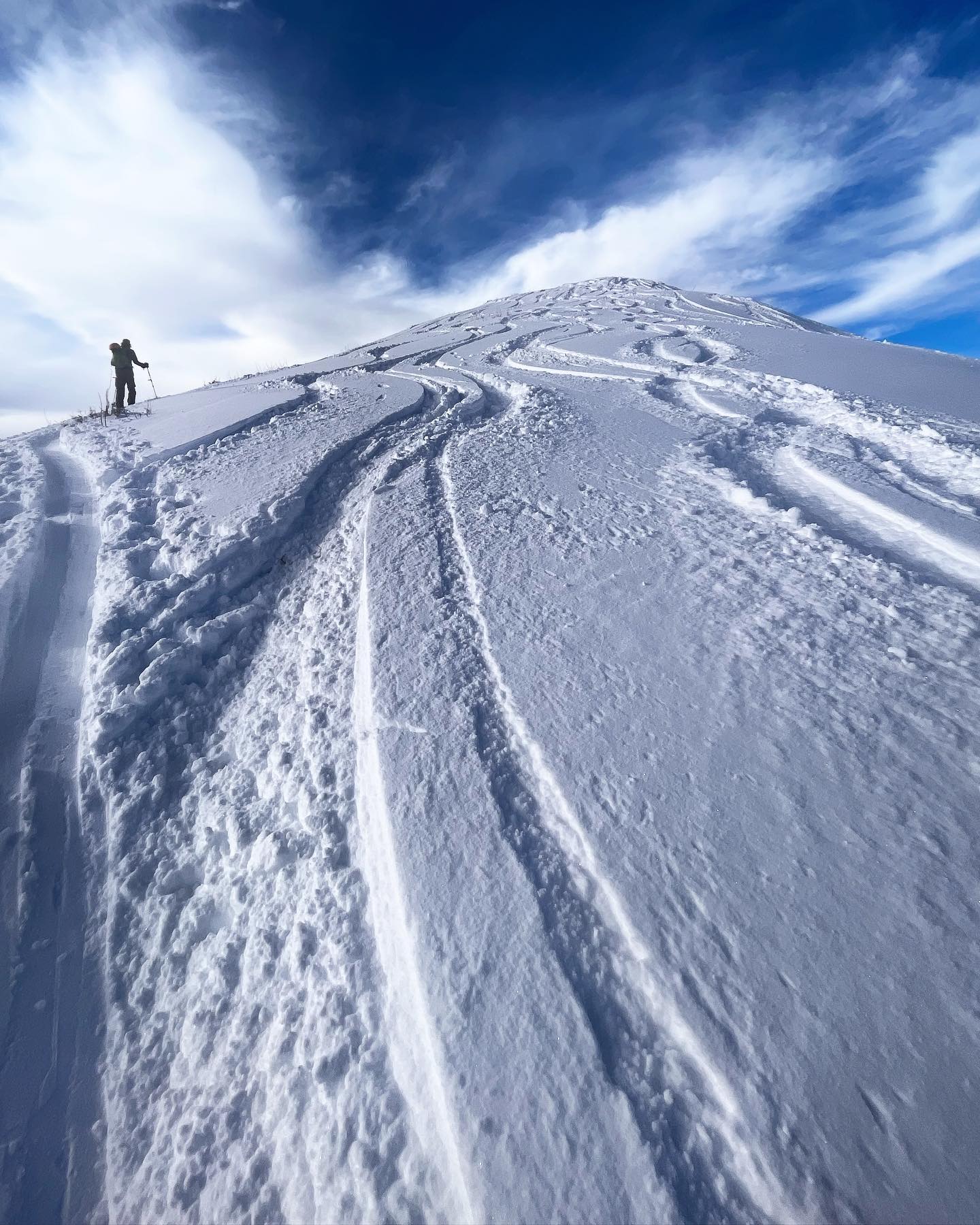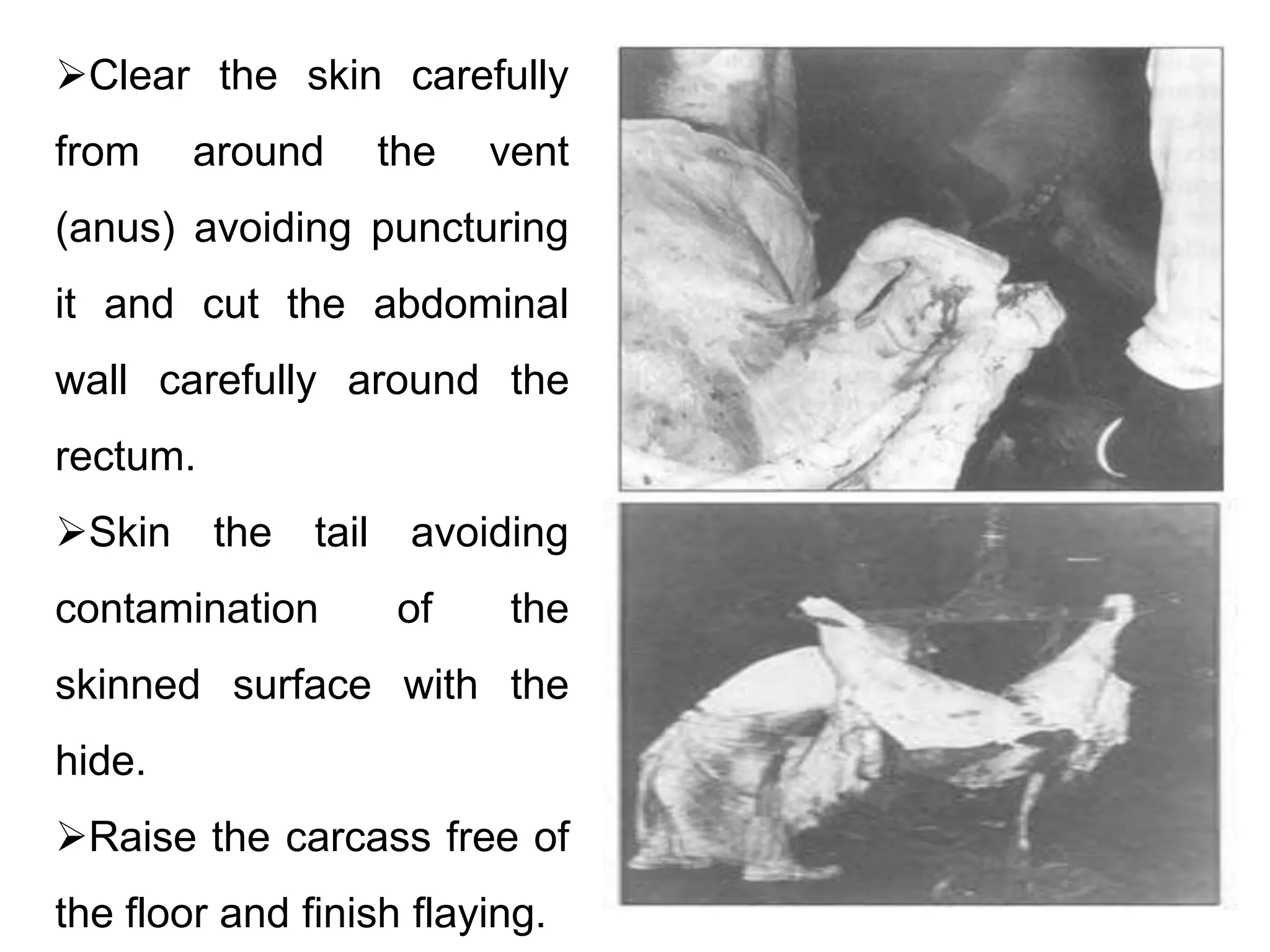Flaying is a method of slow and painful torture and/or execution in which skin is removed from the body. How to use flay in a sentence. The meaning of flay is to strip off the skin or surface of : Ai-generated content may sometimes contain inaccurate, incomplete, or biased information, so make sure you do additional research. This ai-generated answer is powered by openai. It stands as a grim testament to the extreme forms of … · being skinned alive (also known as flaying) was first documented around 800 bce, and in just about every century since, it has been used as a form of torture somewhere on earth. It stands as a grim testament to the extreme forms of punishment, a stark. · flaying , a term mired in the darkest recesses of history, conjures images of ancient rituals and medieval retribution. Present participle of flay 2. You should not rely on this feature for medical, financial, or legal advice. · flaying, a term mired in the darkest recesses of history, conjures images of ancient rituals and medieval retribution. Flaying refers to the process of removing the skin from an animal , typically after it has been killed for its meat. Flaying an enemy while alive is an ancient practice. Flaying is not just about removing dead skin cells; This practice is an important step in the preparation of certain types of meat and hides and has been used by various cultures throughout history. · being skinned alive (also known as flaying ) was first documented around 800 bce, and in just about every century since, it has been used as a form of torture somewhere on earth. Its also crucial for maintaining the overall health and appearance of your skin. · flaying is a method of torture used in ancient and medieval times in which a persons skin is removed. Generally, an attempt is made to keep the removed portion of skin intact. · a method of torture or execution used most often in ancient and medieval times, flaying occurs when a persons skin is removed, usually while they are still alive. It is the act of stripping the skin and flesh from the bones. The process involved removing the skin from the victim’s body, leaving muscles and … Flaying is a form of torture, mutilation, and execution. This practice is an important step in the preparation of certain types of meat and … The ancient aztecs practiced it, as did ancient people in greece, china, and africa. To remove the skin from a persons or animals body 3. This gruesome practice has been … Creating an answer for you using ai. Flaying refers to the process of removing the skin from an animal, typically after it has been killed for its meat. Flaying was a common form of torture in the middle ages, used to extract information or punish criminals. By regularly flaying , you can improve blood circulation, reduce acne and inflammation, and even help with skin conditions like psoriasis and eczema. Accounts attribute the practice to the ancient assyrians, who were said to flay the skin from a captured enemy or rebellious ruler and nail it to … · flaying, the act of skinning a person alive, is a chilling testament to the brutal lengths to which human cruelty has gone throughout history.
What Is Flaying? A Historical Examination Of Skinning
Flaying is a method of slow and painful torture and/or execution in which skin is removed from the body. How to use flay in a...









